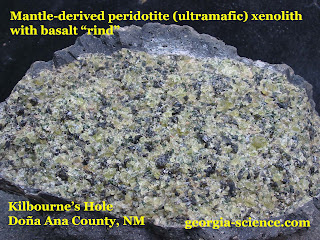Japan-led research group preparing to drill down to the mantle
Aiming for the world’s first-ever direct excavation of the Earth’s mantle (see below), an international research group led by the Japan Agency for Marine-Earth Science and Technology (JAMSTEC) will conduct a preliminary study in the waters off Hawaii in September, The Yomiuri Shimbun learned Tuesday.
The area is considered to be a leading candidate site for the drilling. The research group, including researchers from Japan, the United States and the Europe, plans to intensively investigate the underground structure of the area to find a suitable spot for drilling.
JAMSTEC and its partners aim to realize the excavation of the mantle in the early 2020s — at the earliest — using Japan’s deep-sea scientific drilling vessel Chikyu.
The mantle is located beneath the crust, which covers the surface of the Earth. About 80 percent of the planet’s volume is composed of the mantle. It is formed of rock and moves slowly, affecting the drift of continents, plate movements — which cause earthquakes — and volcanic activity.
http://the-japan-news.com/news/article/0003619423

